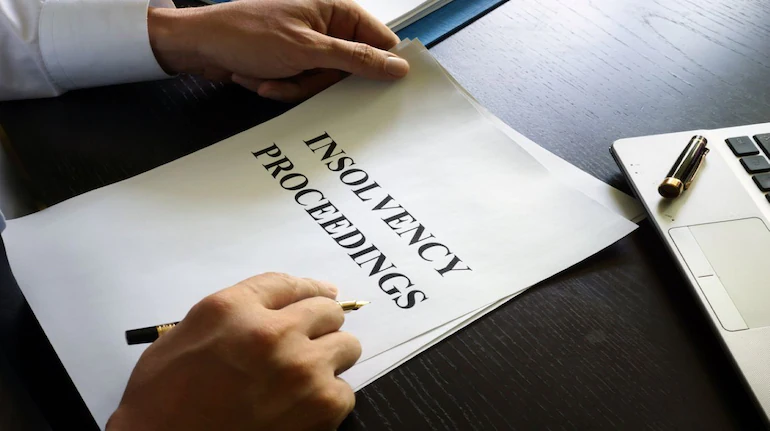Ascertaining the Nature of Cheques in Time Barred Debts
[By Mayank Jain] The author is a student of Jindal Global Law School. Introduction The Indian Judiciary has time and again faced the problem of ascertaining whether the issuance of a cheque for the repayment of time-barred debt is valid or not. The Limitation Act of 1963 puts a bar of 3 years. This means that if a cheque for repayment was issued on 01.01.2011 and the money was borrowed on 01.01.2005, the same amount would not be ‘legally enforceable debt’ and resultantly, the recovery of the said amount would be barred by the law of limitation. The article aims to address the question of whether a default u/s 138 of the Negotiable Instruments Act 1881 would apply to cheques issued with the intent of paying off time-barred debts. Unorderly Application in Indian Judicial Dicta The Courts have adopted extremely divergent and contradictory approaches while dealing with this issue. S. 138 the Negotiable Instruments Act 1881 provides that when a cheque has been drawn by a person in favour of another, and the same is returned by the bank on grounds of (i) insufficient balance or (ii) when the amount exceeds the limit set by the bank in pursuance of an agreement with the person drawing the cheque, such person is guilty of an offence. In Girdhari Lal Rathi v. P.T.V. Ramanujachari and Ashwini Satish Bhat v. Jeevan Divakar, the Courts held that when the cheque is issued for a time-barred debt, then in the event of the dishonour of cheque in such instances, a claim u/s 138 of the Negotiable Instruments Act 1881 cannot be made. This is so because the provision is only attracted when the impugned debt is ‘legally enforceable’ in character. A similar judicial opinion was upheld in Chander Mohan Mehta v. William Rosario Fernandes, wherein the Bombay High Court, by relying on Narender V. Kanekar v. Bardez Taluka Co-op Housing Mortgage, concluded that since, in a time-barred debt, the loan recoverable is not of sound legal nature, the penalty u/s 138 of the Negotiable Instruments Act 1881 is inapplicable. However, in Dinesh B. Chokisi v. Rahul Vasudeo Bhat, the Court overruled all previous precedents and came up with a decision that is regarded as a piece of legal talent. In paragraph 9, it was noted that S. 25(3) of the Indian Contract Act 1872 lays down that a promise in writing to pay off a debt that is time-barred amounts to an agreement that is to be deemed as a valid contract. The Court here categorically stated that in the event of a time-barred debt, the issuance of the cheque after the elapse of the limitation period amounts to the requirement of promise as postulated in S. 25(3) of the Indian Contract Act 1872. This judgement, despite being pronounced by a lower court, was able to decode the cryptic law in the area and fill the lacuna in legal interpretation that was created by the Apex Court in A.V. Murthy v. B.S. Nagabasavanna. In this judgement, it was noted that in cases of time-barred debt, provisions of S. 25(3) can be attracted provided there is subsequent acceptance/acknowledgement of the existing liability. However, what this Supreme Court judgement failed to establish is whether the mere issuance of a cheque in itself amounts to a promise in writing, a prerequisite enlisted u/s 25(3). To further decode this gap, reliance can be placed on National Insurance Co. Ltd. v. Seema Malhotra, in which where the Division Bench noted that a cheque is a bill of exchange, and the latter is an instrument in writing, directing one individual to provide a certain sum of money to another. Based on this interpretation, Courts have gone ahead and interpreted a cheque to be a form of written promise capable of sufficing S. 25(3). Until now, the Apex Court has failed to provide an unequivocal definition of the nature of a cheque. Recently, in Kotak Mahindra Bank Ltd. v. Kew Precision Parts Pvt. Ltd., the Supreme Court further strengthening the lacuna of law held that u/s 25(3), a debtor can enter into an agreement with the creditor to pay off the time-barred debt, however, there must exist some form of a written acknowledgement of the same. The judgement failed to address the issue of whether a cheque is equivalent to any such acknowledgement. Considering the existence of ambiguity with respect to the nature of a cheque, the state High Courts have adopted their own standards to remove this vagueness of the law. The Kerala High Court in Ramakrishnan v. Parthasaradhy, opined that if a cheque is dishonoured on the grounds of insufficiency of funds, the accused person will not be entitled to take the defence of time-barred debt when the cheque was signed. Hence, such an accused will not be excused from the rigours of S. 138 of the Negotiable Instruments Act 1881. The Court rejected all contravening precedents and granted validity to a cheque constituting a written promise made u/s 25(3) of the Indian Contract Act 1872 despite the demise of the limitation period. The dicta of the Kerala High Court were also noted in paragraph 7 of Vijay Ganesh Gondhlekar v. Indranil Jairaj Damale, wherein the Court observed that once a fresh promise is made u/s 25(3) of the Indian Contract Act 1872, then a fresh period of limitation of 3 years begins from the date of issuance of the cheque. Consequently, the liability that would arise is of a ‘legally enforceable debt’. Vikas Bahl in Sultan Singh v. Tej Partap[i] gave a decision largely in favour of the complainant based on precedents of other state High Courts and cardinal principles of equity, justice, and good conscience. It was noted that when an individual consciously issues a cheque for a time-barred debt, then, upon committing an offence u/s 138 of the Negotiable Instruments Act 1881, they cannot claim the relief of frustration of limitation period as that would – (i) be prejudicial and cause injustice to the complainant and
Ascertaining the Nature of Cheques in Time Barred Debts Read More »









